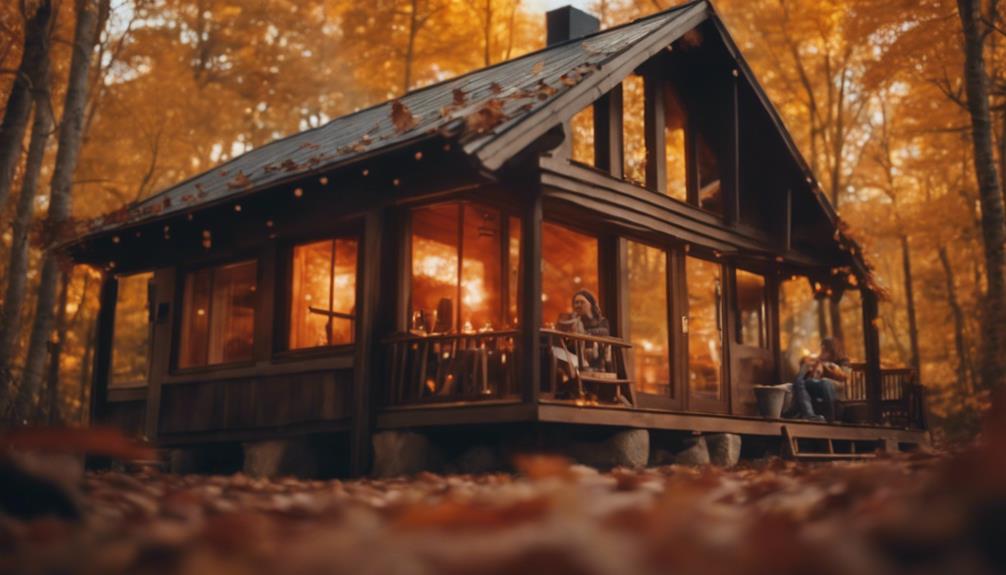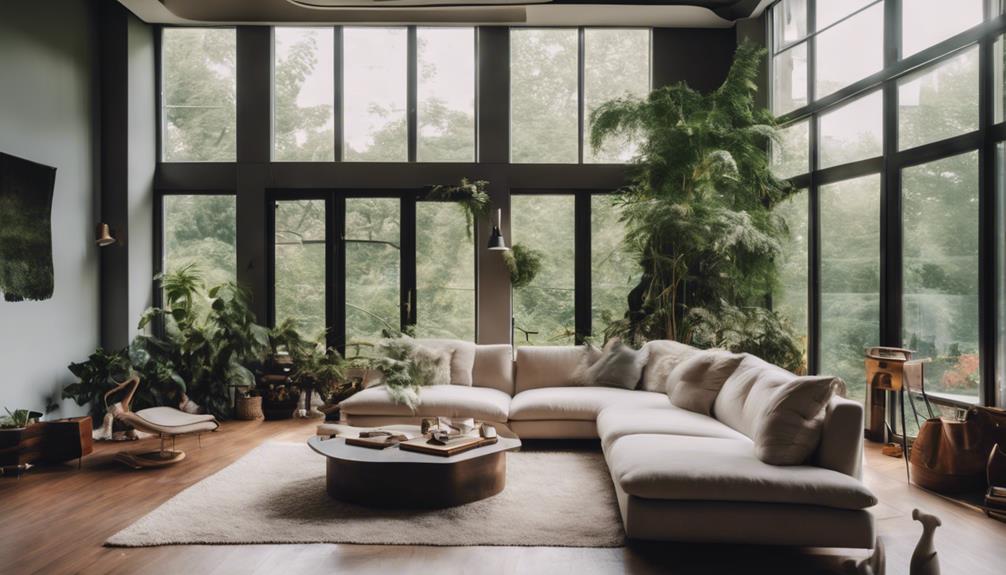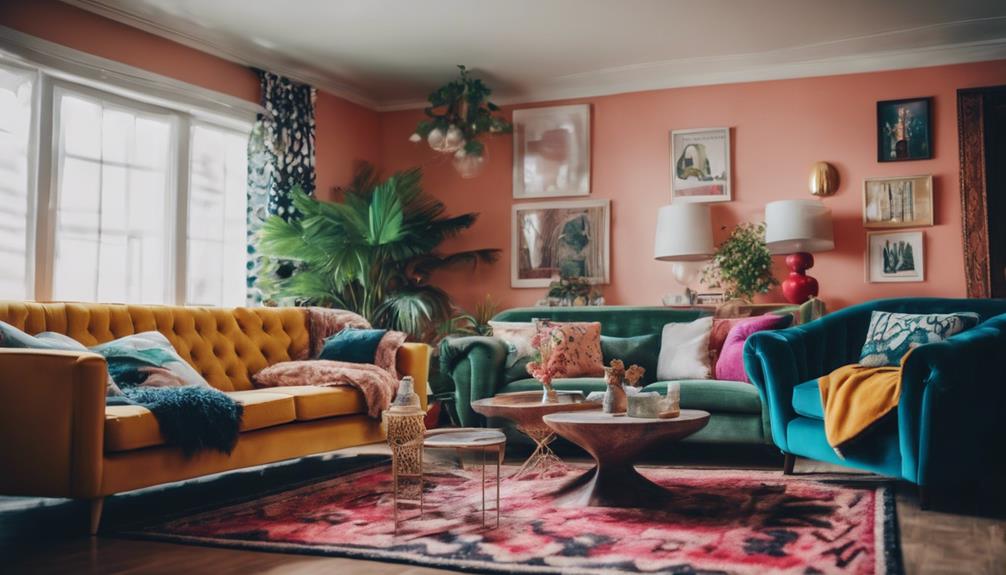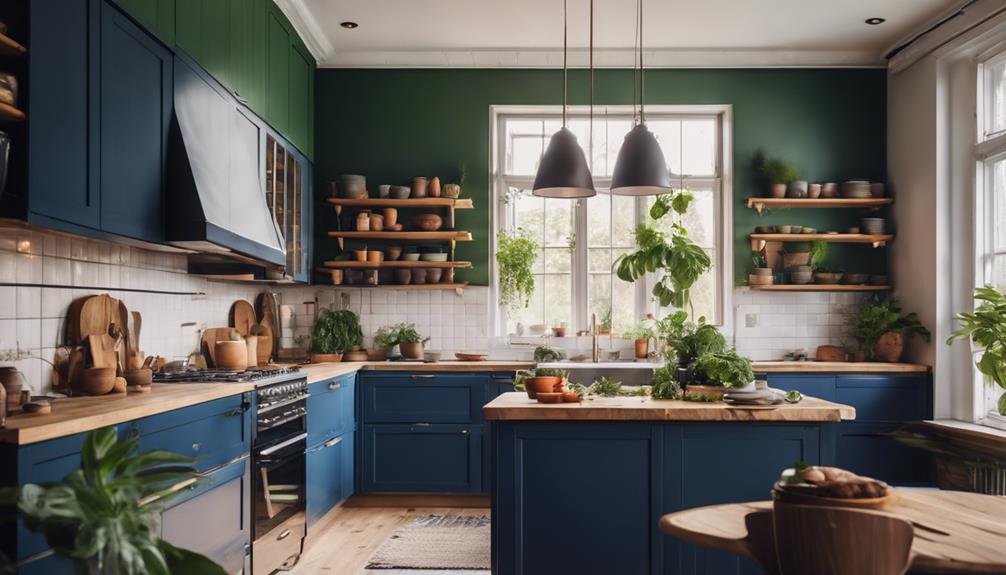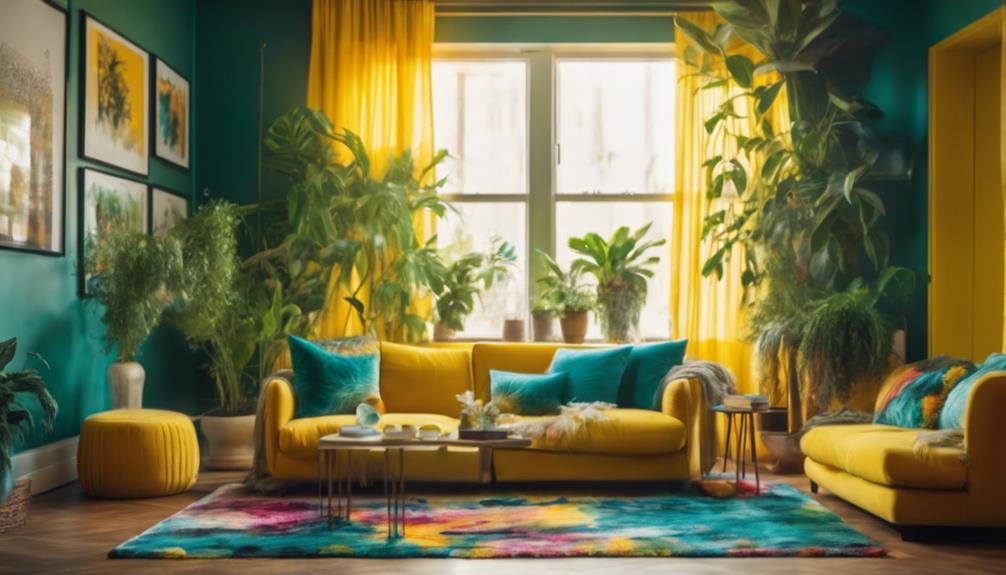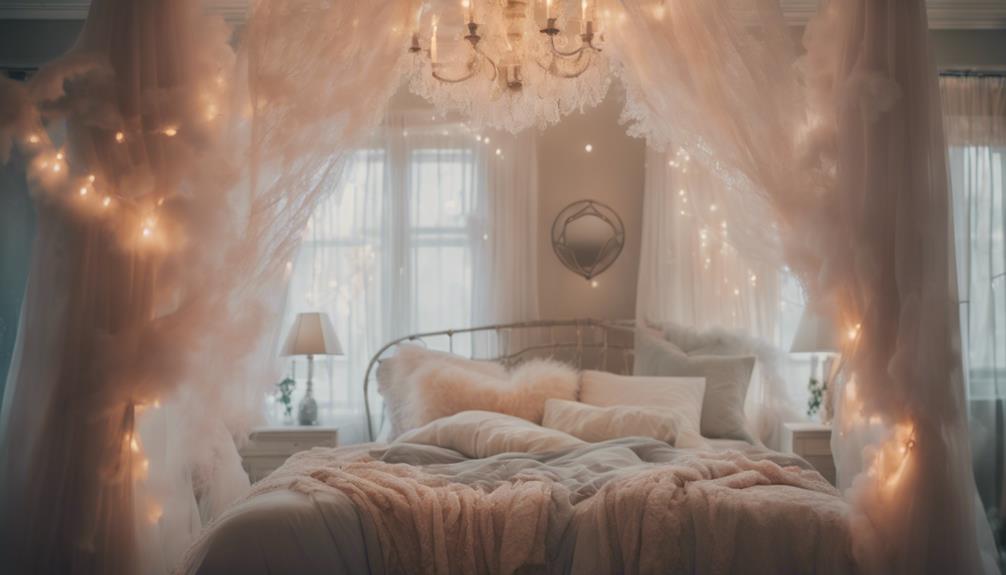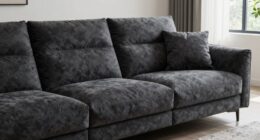Embracing the love of fall enriches our connection with nature and well-being. Engage in cozy activities like apple picking and pumpkin carving. Reflect on the beauty of changing foliage and fall colors mindfully. Gratitude for nature's transformation enhances our appreciation for the season. Seek tranquility in nature walks amidst vibrant fall colors. Experiment with fall flavors in nutritious recipes like sweet potatoes and cranberries. Sharing nourishing fall meals fosters community and cherished memories. Immerse yourself in the season's beauty and discover more ways to embrace the love of fall.
Key Takeaways
- Immerse yourself in cozy fall scents like cinnamon and pumpkin for a comforting atmosphere.
- Engage in autumnal activities like apple picking and pumpkin carving for seasonal joy.
- Indulge in nutritious fall favorites like sweet potatoes for a wholesome treat.
- Embrace mindfulness in self-care routines to nurture well-being during the autumn season.
- Create a soothing atmosphere that fosters relaxation and reflection to fully appreciate fall.
Seasonal Self-Care Practices
Let's explore some essential seasonal self-care practices that can enhance our well-being during the fall months. Autumn is a special time of year when the air turns crisp, and nature transforms into a breathtaking display of warm hues.
To fully embrace this season, consider incorporating cozy fall scents like cinnamon and pumpkin into your self-care routine. These comforting aromas can create a soothing atmosphere that promotes relaxation and calmness.
Engage in autumnal activities such as apple picking and pumpkin carving to boost your mood and express your creativity. These fun and festive endeavors allow you to connect with nature and savor the beauty of the season.
Additionally, don't forget to indulge in seasonal treats like sweet potatoes, a nutritious and delicious fall favorite. These vibrant root vegetables are packed with essential nutrients that can nourish your body and soul.
Mindful Autumn Reflections
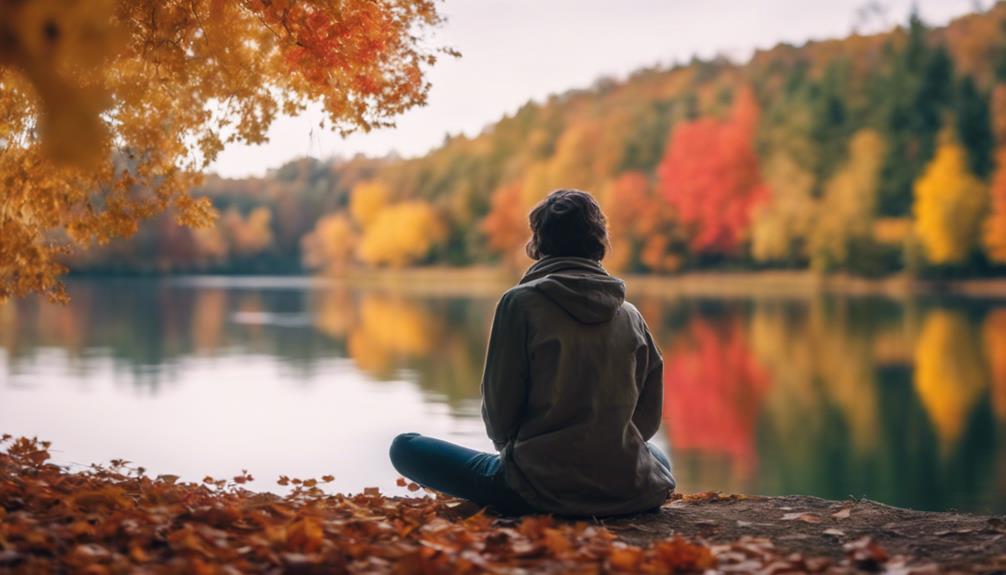
As we embrace the beauty of fall, we must reflect on the simple joys that surround us.
The vibrant colors of autumn leaves and the crisp scents in the air can evoke feelings of gratitude within us.
Engaging in seasonal activities like apple picking and pumpkin carving can bring moments of joy and mindfulness into our lives.
Gratitude for Nature
Reflecting on the beauty of fall foliage and the changing colors of leaves often evokes a profound sense of gratitude for the wonders of nature's seasonal transformation. During this time of year, we look forward to witnessing the vibrant hues that paint the landscape, filling us with a deep appreciation for the intricate details and marvels of the natural world.
Happy Fall!
Observing the shift of nature in autumn can inspire feelings of awe and connection to the earth's cycles and rhythms. As we immerse ourselves in the sights, sounds, and scents of fall, we cultivate mindfulness and present moment awareness, allowing us to fully embrace the beauty that surrounds us.
Seasonal Self-Care
Embracing the love of fall extends to taking care of ourselves mindfully during this season with activities that promote relaxation and well-being. Here are some mindful autumn reflections to enhance your seasonal self-care routine:
- Cozy Moments: Engage in activities like reading by the fireplace, sipping on warm drinks, and taking leisurely nature walks to embrace the comfort and beauty of fall.
- Reflective Practices: Incorporate gratitude exercises, journaling about seasonal changes, and admiring the vibrant fall colors to foster introspection and appreciation for the shifting environment.
- Rituals of Comfort: Light fall-scented candles, treat yourself to comforting foods, and practice relaxation techniques to create a soothing atmosphere that nurtures your well-being.
- Renewal Through Nature: Reflect on the changing season as a time for personal growth, introspection, and renewal, drawing inspiration from the natural transformations occurring around you.
Embracing Nature's Tranquility
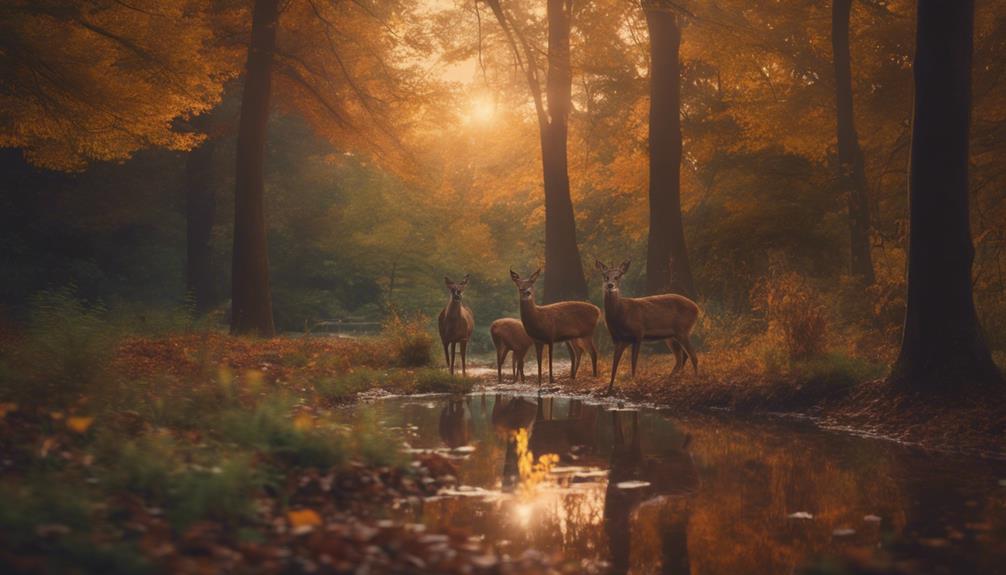
Amidst the vibrant colors and earthy scents of fall, we find solace in nature's tranquil embrace. The beauty of fall foliage and crisp air beckon us to immerse ourselves in the peaceful surroundings, offering a respite from the chaos of daily life. Engaging in outdoor activities like nature walks or leaf peeping during this season allows us to deepen our connection with the tranquility that nature graciously provides. The changing seasons in fall serve as a reminder of life's cyclical nature, prompting contemplation and acceptance of change in a serene environment. Embracing nature's tranquility in fall nurtures a sense of grounding, mindfulness, and gratitude for the astonishing beauty that envelops us.
| Benefits of Embracing Nature's Tranquility in Fall |
|---|
| 1. Provides a peaceful escape from daily stressors |
| 2. Encourages a deeper connection with nature |
| 3. Promotes reflection and acceptance of change |
| 4. Fosters gratitude and mindfulness |
Fall Foliage Photography Tips
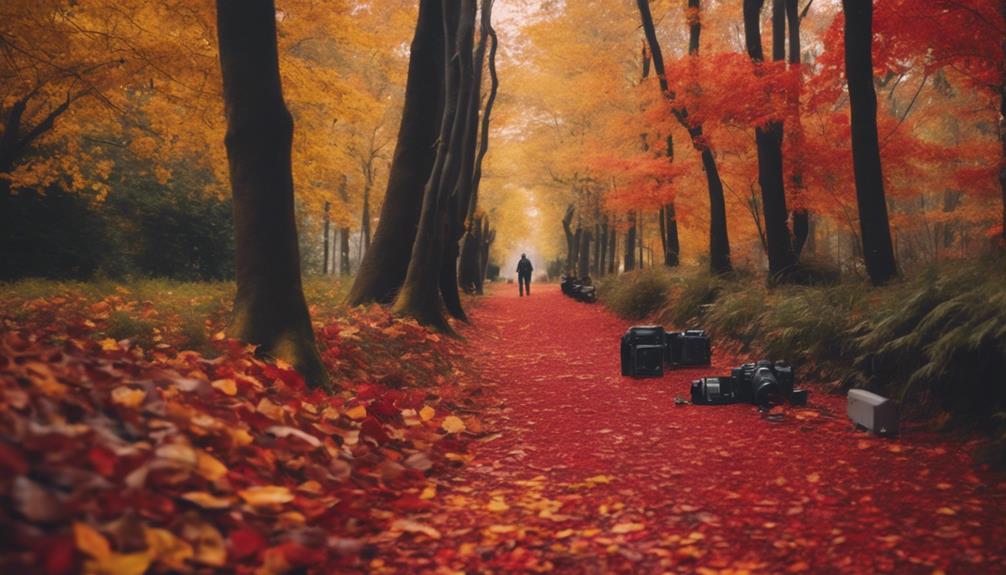
When capturing fall foliage with your camera, remember to make sure to take advantage of the natural lighting during sunrise and sunset for warm, soft tones.
Experiment with different angles and compositions to create visually appealing photos that showcase the vibrant colors of autumn.
Adjust your camera settings to guarantee sharp details and smooth effects, enhancing the beauty of the fall foliage in your photographs.
Lighting for Fall Photos
Utilizing the golden hour when capturing fall foliage photos enhances the warm, soft light for a magical glow in our images.
Choosing the right angle can emphasize the vibrant colors and textures of the leaves against the natural light.
Incorporating leading lines, such as pathways or tree branches, guides the viewer's eye through the photo, adding depth.
Playing with the depth of field by using a wide aperture can create a beautiful bokeh effect, blurring the background while keeping the leaves sharp.
Additionally, using reflections in water bodies like ponds or lakes can add an extra dimension to your fall foliage photos.
These techniques help capture the essence of fall, highlighting the beauty of the season and creating visually stunning images that evoke the warmth and magic of autumn.
Composition and Angles
Let's explore how experimenting with different angles can enhance the vibrant colors of fall foliage in your photos. By trying out various perspectives, such as shooting from below to contrast the leaves against the sky, you can bring out the beauty of the autumn hues.
Incorporating leading lines, like pathways or branches, guides the viewer's eye through the scene, adding depth to your composition. Remember the rule of thirds when framing your shots – placing key elements off-center can result in a more visually engaging photo.
During the golden hours of sunrise and sunset, take advantage of the warm natural light to accentuate the rich tones of the fall leaves and create a soft, atmospheric glow in your images.
To add texture to your fall foliage photography, focus on the intricate details of leaves, bark, or dewdrops. These details can enhance the depth and interest of your photos, capturing the essence of the season in a mesmerizing way.
Cozy Home Decor Ideas
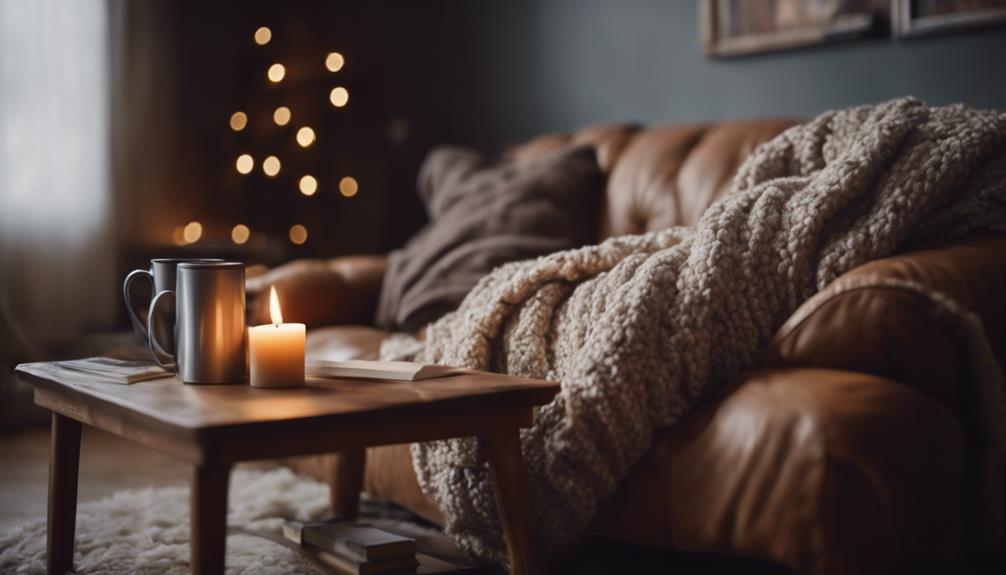
To create a cozy atmosphere in your home this fall, consider incorporating warm color palettes and seasonal elements like pumpkins and scented candles. Here are some cozy home decor ideas to help you embrace the essence of fall:
- Warm Color Palettes: Use colors like burgundy and gold to infuse warmth and create a welcoming ambiance in your living spaces.
- Nature-Inspired Decor: Bring the outdoors in by incorporating pumpkins, gourds, and autumn leaves into your decor, adding a touch of nature's beauty to your home.
- Scented Candles: Enhance the cozy atmosphere with scents like cinnamon, nutmeg, and pumpkin spice, filling your home with inviting fragrances that evoke the spirit of fall.
- Textural Layers: Layer blankets, throw pillows, and rugs in rich textures such as wool and faux fur to add depth and comfort, making your space feel extra cozy and inviting.
Nourishing Fall Recipes
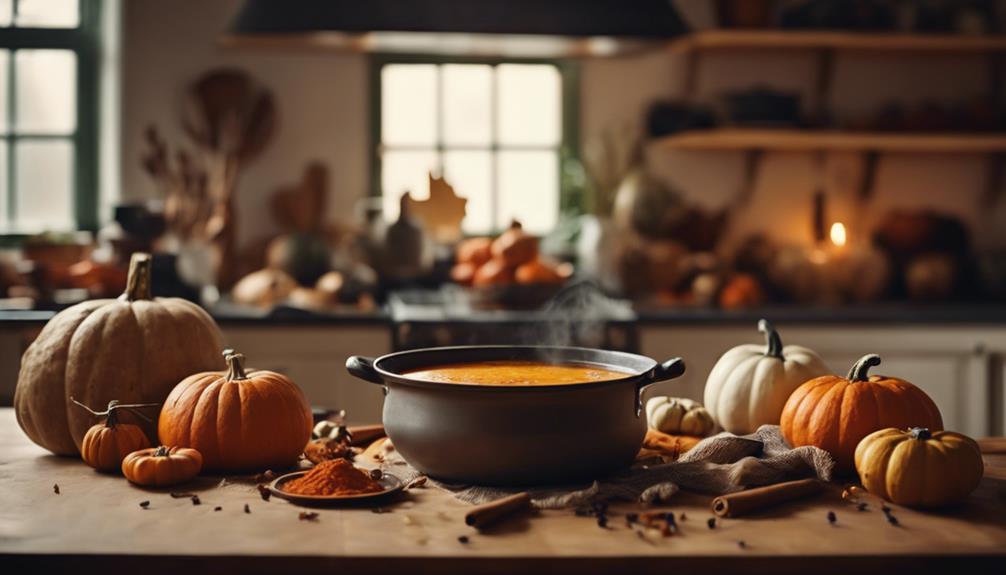
We explore delicious and nutritious fall recipes that feature seasonal ingredients perfect for creating cozy and comforting dishes. Fall recipes often highlight ingredients like apples, pumpkins, cinnamon, and nutmeg, infusing dishes with warmth and nostalgia.
Hearty soups, roasted vegetables, warm beverages, and delectable baked goods are popular choices for fall meals, offering both sustenance and satisfaction.
Incorporating seasonal produce such as butternut squash, sweet potatoes, and cranberries can introduce a nutritious twist to fall recipes, packing them with essential vitamins, fiber, and antioxidants. These elements not only enhance the flavors but also contribute to overall health and well-being during the season.
Experimenting with flavors like maple, ginger, and cloves can further elevate fall recipes, creating a sensory experience that evokes the essence of autumn.
From comforting stews to aromatic baked treats, fall recipes provide a culinary journey that celebrates the bountiful harvest and the joy of sharing nourishing meals with loved ones.
Frequently Asked Questions
What Does Embrace the Fall Mean?
Embracing fall means fully immersing ourselves in the beauty and essence of the autumn season. It involves appreciating the vibrant colors, scents, and activities that come with the changing season.
Finding joy in cozy fashion, seasonal foods, and nature's fall aesthetics is key. This signifies gratitude for the blessings of fall, from pumpkin patches to crisp air and warm ambiance.
It encourages a deeper connection with nature, community, and the spiritual aspects of the season.
What Do You Call Someone Who Loves Autumn?
When someone deeply appreciates autumn, they're often called an 'autumn enthusiast.' This term captures the essence of their love for the season.
People who embrace fall may identify as 'fall lovers' or 'autumn admirers.' Some may even consider themselves 'fall fanatics' or 'autumn aficionados.'
Regardless of the title, these individuals find joy in the changing colors, crisp air, and cozy vibes that autumn brings.
Why Do I Love Autumn so Much?
We love autumn for its vibrant colors, cozy atmosphere, and comforting scents.
The season offers opportunities for apple picking, pumpkin carving, and enjoying warm beverages.
Fall fashion enthusiasts embrace stylish boots, cozy sweaters, layered scarves, and trendy hats.
Moving into autumn brings gratitude and excitement for fall nesting, cozy evenings, and the beauty of changing seasons.
The overall experience of autumn evokes feelings of nostalgia, warmth, and appreciation for nature's beauty.
How to Embrace Fall?
To embrace fall, we enjoy cozy sweaters, stylish boots, and layered scarves for a fashionable look.
We create a warm ambiance with scented candles, pumpkins, mums, and string lights for a cozy fall nest.
Engaging in fall activities like apple picking, hayrides, and pumpkin carving helps us fully immerse in the season's spirit.
Sharing the love of fall through hosting giveaways, participating in fall festivities, and decorating with natural elements enhances our seasonal experience.
Conclusion
As we embrace the love of fall, let's remember to take care of ourselves, reflect on the beauty around us, and savor the tranquility of nature.
Whether snapping photos of vibrant foliage, cozying up our homes, or trying new nourishing recipes, let's make the most of this season.
Just like the leaves changing colors and falling gracefully to the ground, let's also let go of what no longer serves us and welcome the new beginnings that come with autumn.
